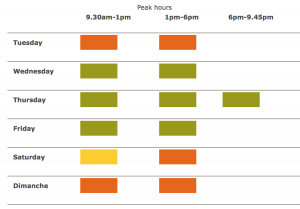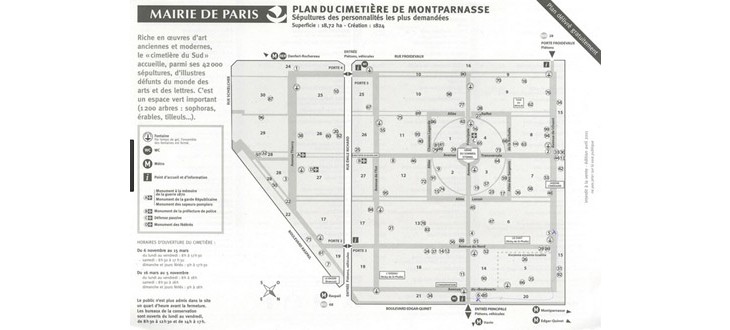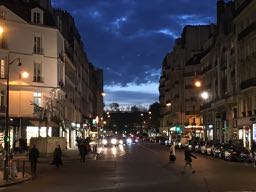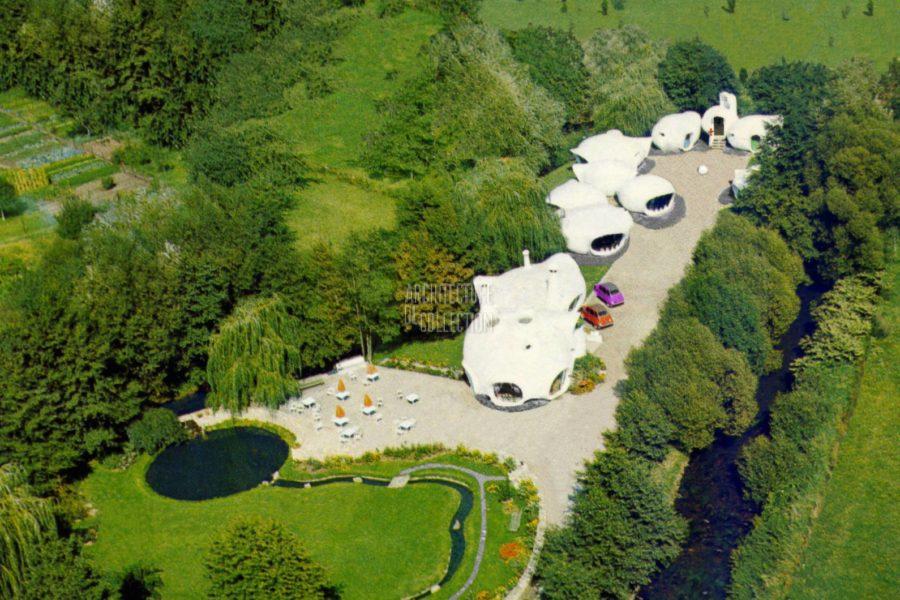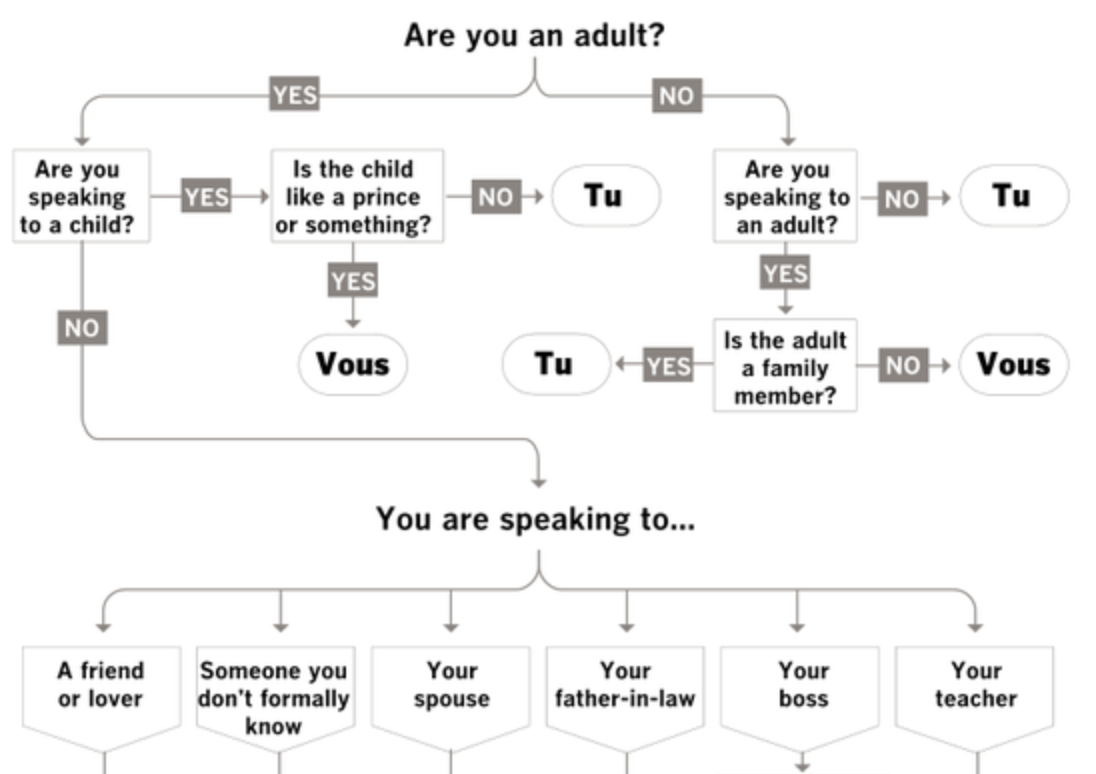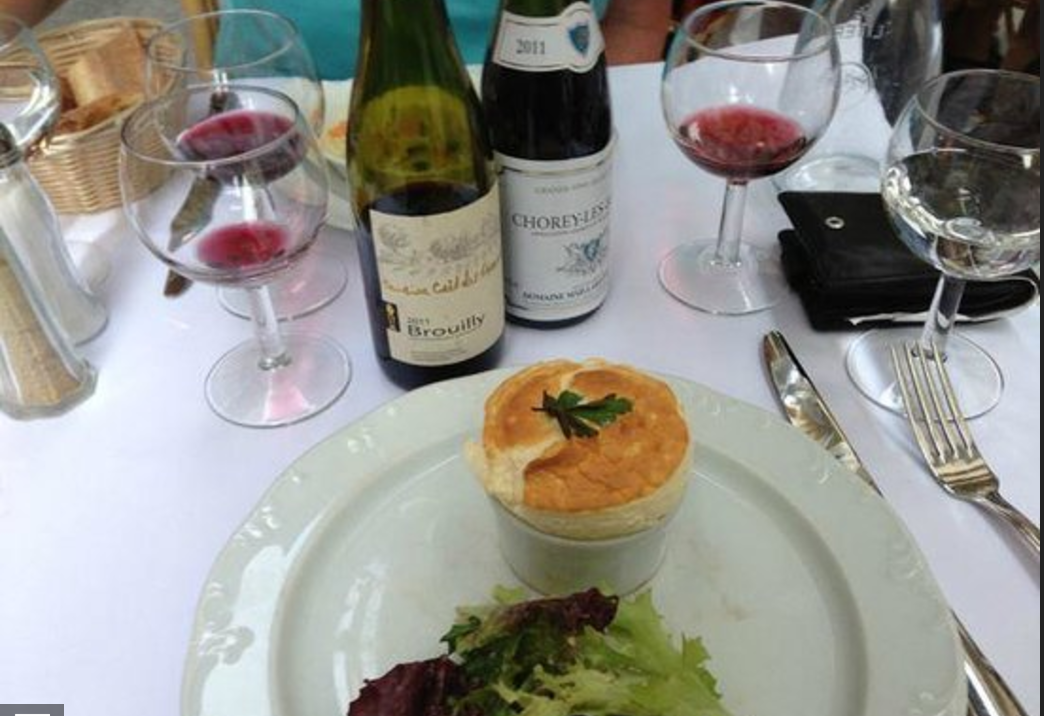Hemingway’s descriptions of Paris in A Moveable Feast are as true today as they were then. I’m glad though that I’m no longer trying to decide between a pack of cigarettes and a croissant.
You got very hungry when you did not eat enough in Paris because all the baker shops had such good things in the windows and people ate outside at tables on the sidewalk so that you saw and smelled the food. When you were skipping meals at a time when you had given up journalism and were writing nothing that anyone in America would buy, explaining at home that you were lunching out with someone, the best place to do it was the Luxembourg gardens where you saw and smelled nothing to eat all the way from the Place de l’Observatoire to the rue de Vaugirard. There you could always go into the Luxembourg museum and all the paintings were heightened and clearer and more beautiful if you were belly-empty, hollow-hungry. I learned to understand Cézanne much better and to see truly how he made landscapes when I was hungry.
From A Moveable Feast by Ernest Hemingway
Much of this period in his life takes place in the 6th around our apartment and over to the 5th. The Musée de Luxembourg at the time housed the Impressionism collection that would move after that to the Jeu de Paume, and then on to the Musée d’Orsay. Unfortunately, no where does Ernest mention staying at our apartment at 39 Vaugirard.
I’ve always disagreed with Hemingway on the whole “moveable feast” thing. It’s a great image, but I was lucky enough to live in Paris as a young man, and I never feel like it’s a moveable feast. I certainly have memories of it, and things I crave when I’m away, but, justement, I keep coming back to Paris because I can’t replicate the feelings I have when we’re here.
By the way, in the recent controversy over the new or old versions of A Moveable Feast, I hold with the original, which may be a bit harder to find right now.


